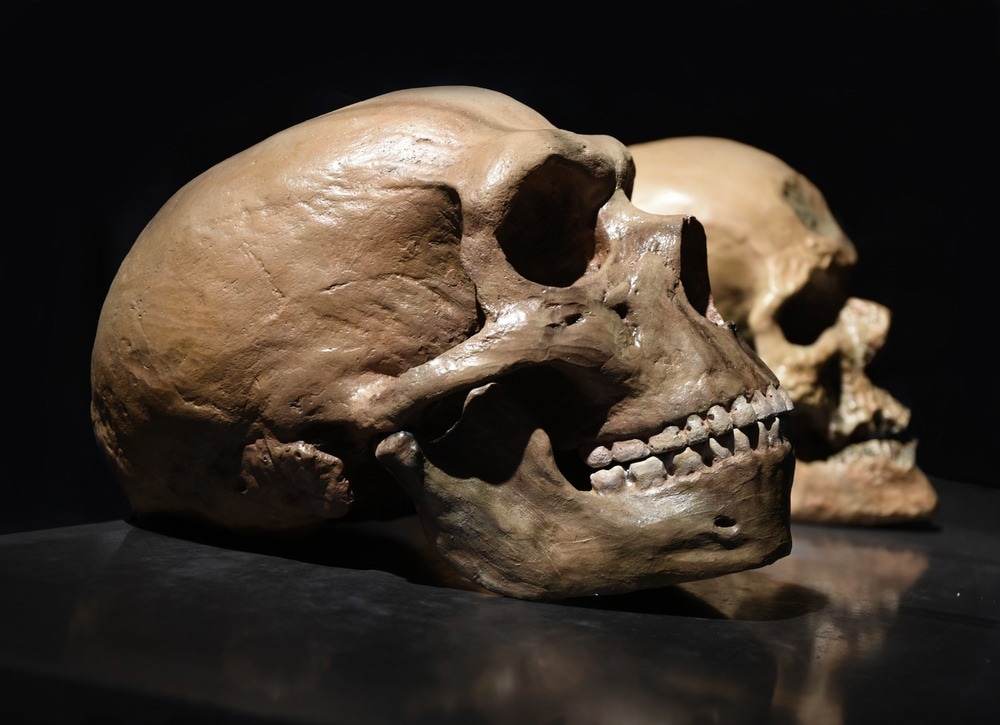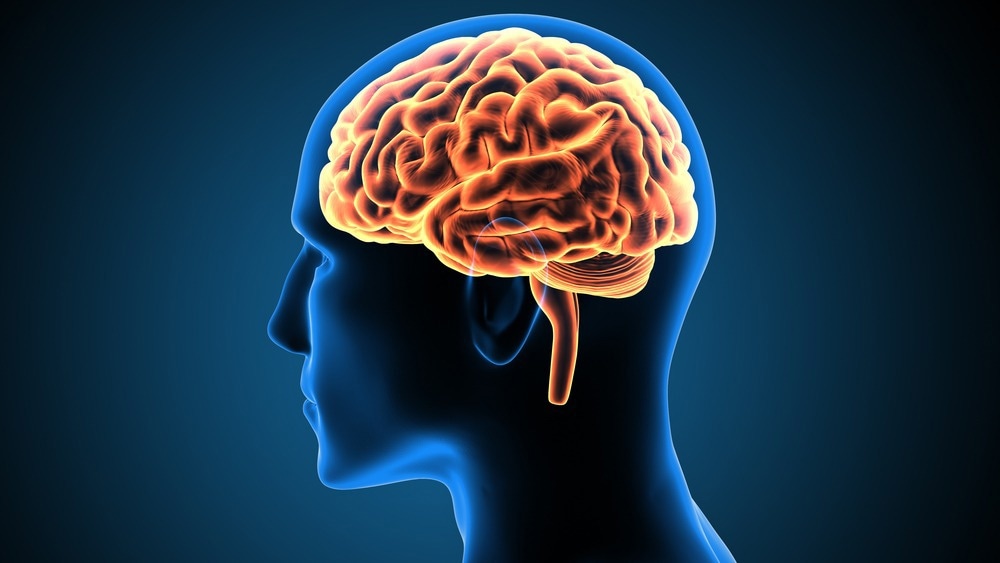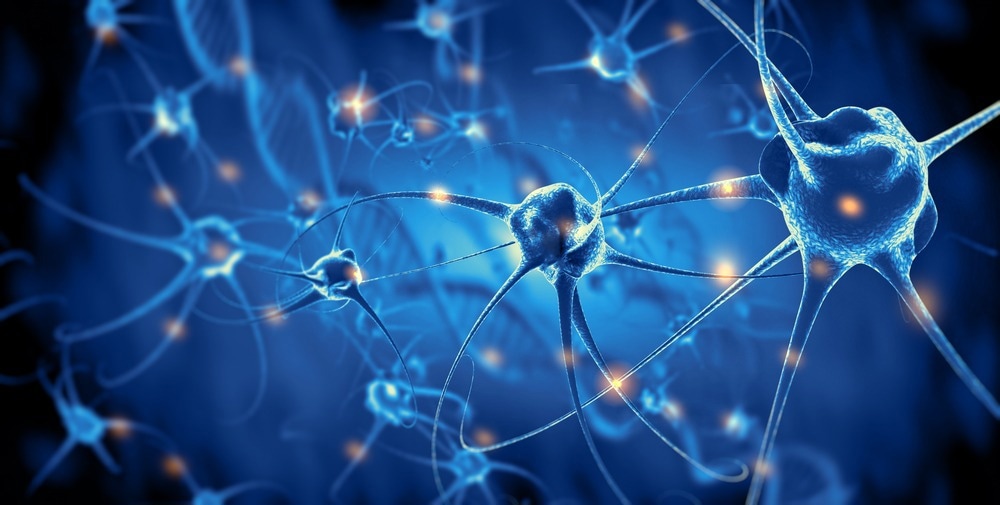Please can you introduce yourself, tell us about your scientific background, and what inspired your latest research?
Wieland: I am a hybrid of a molecular cell biologist and a developmental neuroscientist. I am one of the founding directors of the Max Planck Institute of Molecular Cell Biology and Genetics in Dresden. For the past 25 years, we have been interested in identifying genes that make the human brain big. We found such a gene seven years ago called ARHGAP11B. When we express this gene in a monkey, the common marmoset, where it is not present because it's a human-specific gene, the marmoset's brain gets bigger. As this gene is also present in the genome of Neanderthals, whose brains were at least as big as ours, we then took the next step and asked if – despite their equal brain size – there might be differences between modern humans and Neanderthals in the development of the brain, in particular of the neocortex, the seat of our cognitive abilities.
Anneline: I'm Anneline Pinson, a post-doctoral fellow in Dr. Huttner’s lab.
The brains of modern humans and archaic humans, namely Neanderthals, have long been compared. What are the key differences between the brains of these two species? How much can we know about the brain of a species that is now extinct?
Anneline: What we know of the Neanderthal brain is only from the so-called endocast analyses. As Wieland said, we know both modern human and Neanderthal brains were similar in size. We also know that the shape of their brain was different because the skull of Neanderthals is more elongated, whereas the skull of modern humans is more globular.

Image Credit: Petr Student/Shutterstock.com
Only a small number of proteins differ in their amino acid sequence between modern humans and their close hominin relatives. One such protein is transketolase-like 1 (TKTL1). Could you tell us about the gene and its role within the human brain?
Anneline: TKTL1 is a member of the transketolase family of proteins. We know that deficiency in transketolase can lead to cognitive deficits. Modern human TKTL1 differs by just one amino acid from Neanderthal TKTL1.
Please tell us how you conducted your research and what were your main findings?
Anneline: I induced the expression of both versions of TKTL1, the modern human and the Neanderthal version, in the neocortex of mouse embryos and of the modern human version in the developing ferret neocortex, which endogenously expresses an ancestral version of TKTL1, and then looked at the development of these brains.
I saw that the modern human TKTL1, but not the ancestral TKTL1, increases the abundance of one specific type of progenitor cells, called basal radial glial cells. These cells are more efficient in producing neurons than other progenitor cells. So, TKTL1 increases basal radial glia abundance, thereby increasing the abundance of neurons.

Image Credit: Life science/Shutterstock.com
I've also done a gene knockout of TKTL1 in human fetal neocortical tissue, and that reduced the abundance of that specific type of progenitor cells. Then I did some work using cerebral organoids to decipher further the function of that one amino acid substitution.
Using CRISPR-Cas9, we changed the nucleotide that leads to a change in amino acid for TKTL1 in human embryonic stem cells and used these cells to grow cerebral organoids. When we ‘Neanderthalized’ TKTL1, there was a reduction in the abundance of basal radial glial cells and a reduction in neurons.
Your study utilizes human brain organoids. How significant are such in vitro generated tissues for the study of not only human brains but also those of extinct hominins?
Anneline: They are a really important methodology. This is the best way to study the functional consequences of Neanderthal versus modern human genome changes. There are still some limitations with cerebral organoids. Of course, they do not recapitulate exactly a human brain, but it's the best tool we have so far to study such changes.
Wieland: A power of these organoids is that you can Neanderthalize not just one gene at one position, but you could Neanderthalize several genes step by step, so you get a more complex insight into brain and neocortical development.
As biology has demonstrated time and time again, the time and location of developmental steps are incredibly important. What is the significance of the location within the brain and stage of development when this increase in neuron production is observed for the cognition of an adult human?
Anneline: The cells that we are looking at, the basal radial glial cells, are present during development, and they are the cells that give rise to neurons. The expression of TKTL1 is higher in the frontal lobe than in other regions of the developing brain. So this is where we think that the increase in neuron production in modern humans is higher just because the expression of TKTL1 is higher.

Image Credit: Giovanni Cancemi/Shutterstock.com
The frontal lobe is the part of the brain that is involved in higher cognitive functions, but we don't know exactly how to relate the increase in neurons to cognitive functions. Yet, our data suggest, but of course, do not prove, that because of the single amino acid change in TKTL1, modern humans may have more neurons in the frontal lobe than was the case for Neanderthals, perhaps with certain consequences for cognitive functions.
Loss of neurons is characteristic of neurodegenerative diseases, such as Alzheimer's and Parkinson's disease. How may new insights into the production of neurons influence therapeutics for such diseases?
Wieland: The ability to increase basal radial glial cells could perhaps be useful for cell replacement therapy for neurodegenerative diseases because one could imagine in the far future that if certain neurons are dying and are missing, you could try to bring them back using the right progenitor cell.
What is next for yourself and your research?
Anneline: Concerning TKTL1, there is still quite a lot that can be learned regarding the mechanism of action of TKTL1. We know that fatty acid synthesis is required for TKTL1 to increase basal radial glia abundance. Still, we don't know exactly what fatty acids are involved and what's downstream.
About Dr. Anneline Pinson
Anneline received a Bachelor's and a Master's degree in Biomedical Sciences at the University of Liège with a focus on Neurosciences. After completing a PhD in Neuroendocrinology looking at the impact of endocrine disrupting chemicals on hippocampal neurogenesis (University of Liège), she joined the group of Wieland Huttner in 2016 to study the evolution of the neocortex.
About Prof. Dr. Wieland B. Huttner
Born 1950 in Hanover. Study of medicine in Hamburg and Oxford, doctorate Hamburg Univ. (1976), post-doctorate at the Max Planck Institute for Experimental Medicine and at Yale Univ., head of a junior research group at the Max Planck Institute of Psychiatry, German Habilitation in physiological chemistry Würzburg Univ. (1985), group head at European Molecular Biology Laboratory, Full Professor and Head of the Institute for Neurobiology Heidelberg Univ. (1991), Founding Director of the Max Planck Institute of Molecular Cell Biology and Genetics and Scientific Member of the Max Planck Society (since 1998), Honorary Professor for Neurobiology at the Technische Universität Dresden. Chair of the Scientific Council of the Max Planck Society 2009-2012.